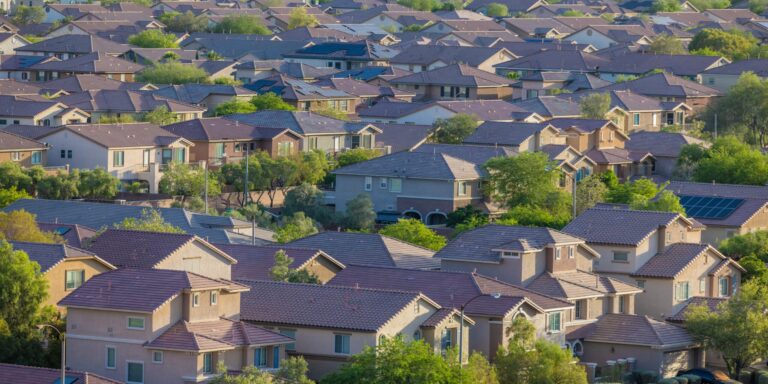The U.S. housing market reached a significant milestone in April 2025, with the total value of homes listed for sale soaring to an unprecedented $698 billion. This figure represents a 20.3% increase compared to the same period last year, according to a recent report from Redfin. The surge is attributed to a combination of increasing inventory, homes lingering longer on the market, and tepid buyer demand.
Of the total listings, nearly half—approximately $331 billion—are considered “stale,” having remained on the market for over 60 days without a sale. This marks a 20.5% increase in stale inventory from the previous year and is the highest share recorded since April 2020, when the onset of the COVID-19 pandemic disrupted the housing market.
Despite the growing inventory, home prices have continued to rise modestly. The median home sale price in April increased by 1.4% year-over-year, reaching $414,000—the highest since August 2024. However, the combination of high inventory and sluggish sales is expected to exert downward pressure on prices in the coming months. Redfin’s head of economics research, Chen Zhao, forecasts a 1% decline in home prices by the end of the year, citing the prevalence of stale supply and weakened demand.
The imbalance between supply and demand is further highlighted by the current market dynamics. As of April, there were nearly 500,000 more home sellers than buyers, the largest gap since Redfin began tracking this data in 2012. This surplus has given buyers more leverage, leading to increased negotiations and price reductions.
Several factors contribute to the rising inventory. The easing of the “lock-in effect,” where homeowners were reluctant to sell due to low mortgage rates, has led more sellers to enter the market. Life events such as job changes and growing families are prompting homeowners to list their properties despite current mortgage rates hovering between 6% and 7%.
However, buyer demand remains subdued. Economic uncertainties, high monthly housing costs, and elevated mortgage rates have made prospective buyers cautious. In April, the typical home took 40 days to go under contract, five days longer than the same period last year. Additionally, the number of pending home sales declined, indicating a slowdown in market activity.
Looking ahead, the housing market is expected to continue favoring buyers. With inventory at a five-year high and buyer demand remaining tepid, sellers may need to adjust their expectations and pricing strategies. As Chen Zhao notes, “The record-high dollar value of all homes listed for sale is one way to quantify this buyer’s market.”
For prospective buyers, the current market conditions present an opportunity to negotiate better deals. As inventory continues to rise and prices potentially decline, affordability may improve, especially if mortgage rates stabilize or decrease. However, buyers should remain vigilant and consult with real estate professionals to navigate the evolving landscape effectively.
